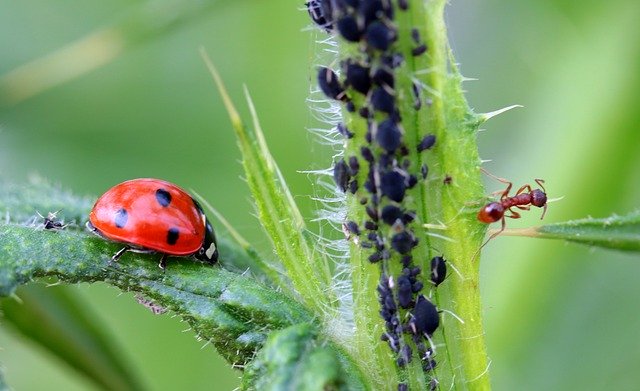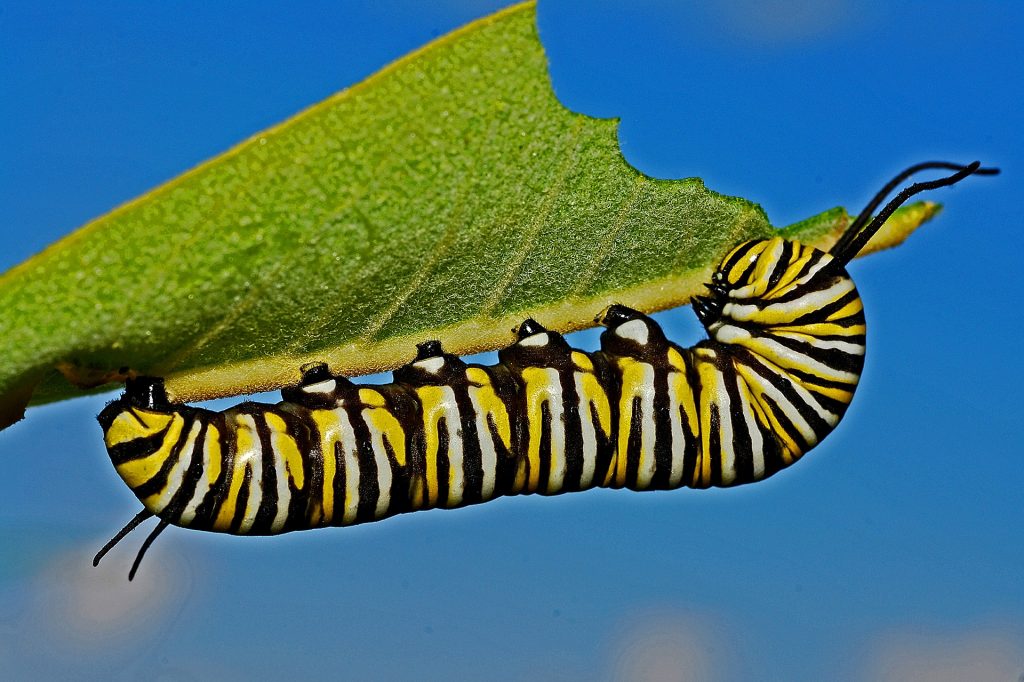Adapting to animals in permaculture
Animals are essential in the garden, especially if it is permaculture
This article has been translated with Google Translate. You may find language incoherences but we hope your comprehension won’t be compromised.
We all wish we had bees in our vegetable garden or could repel aphid attacks without pesticides. Animals are an integral part of your gardens: sometimes pests, sometimes friends, here we offer you an approach aligned with the principles of permaculture.
Accept the presence of animals
This is the first step in getting into a good permaculture process. All insects, rodents, birds and other animals are part of your garden ecosystem. To fight against them is to fight against nature: you have lost in advance.
Learn how to become friends again with the biodiversity of your territory. Accept that aphids live in your roses, that slugs crawl between your lettuce. It is thanks to all these living beings, which constitute the ecosystem as a whole, that your harvests are possible. Accept that they take their share of the production and share with them the fruit of this collective work.
To this end, we recommend that you always place at the edge of your vegetable patch or garden plants appreciated by local « pests ». They will serve as a snack and keep them away from your plants. For this, you will need to apply the first principle of permaculture (« Observe and Interact ») in order to understand which animals are present in your territory, and test different plants that they like to find the best balance.

However, some animals can be particularly greedy or invasive and your goal is not to work only to feed the insects in your garden. Here are some design methods that rely on plants and their interactions with animals to provide natural protection.
Getting rid of a pest with plants
Many plants can attract or repel certain animals with varying degrees of intensity. Logically, the animals which consume a plant will be attracted by its odor while other plants, toxic to them, tend to keep them away. The companionship of plants makes it possible to play on these phenomena to choose to attract or repel targeted animals.
To get rid of a pest, three strategies exist:
- Plant species that naturally repel the pest
- Plant species that attract predators
- Plant species at the edge of the garden that strongly attract the pest in question

Repellent wall
The first method is the most direct: plant plants that repel the pest in question so that it prefers to look elsewhere. Many plants have properties (in particular their smell) which disturb the olfactory tracks of animals or which naturally repel them: you might as well use them. To find repellent plants, consult the list of animals in the application from the home page: you will find for each animal the list of known plants that repel them. Aromatics, thanks to their strong smell, are very effective in this area.
Although this method is useful in keeping pests away from your plants, it is not foolproof and above all it is difficult to set up once they are already established.
Attract soldiers
The second method corresponds to the defensive force of the garden: it is not a question of repelling the pest but of attracting its predators to counter-attack. This method can be effective if your garden is regularly invaded by a particular pest, despite the establishment of barrier plants.
We can note for example the tobacco which releases pheromones attracting ladybugs when its leaves are eaten by aphids: a wonderful example of symbiosis! Adding a foot of tobacco then allows your garden to defend itself if the odor barriers were not enough to ward off aphids.
The great sacrifice
The third and final method we present is to sacrifice plants to distract the pest from the ones you want to protect. By planting a plant at the edge of the garden that strongly attracts the pest, it will focus on the latter and abandon the others. When the sacrificial plant is infested, it is enough to pull it up and get rid of it to reduce the pressure on the whole garden.
A well-known example is that of the Nasturtium: aphids love this flower. Plant them at the edge of your vegetable gardens or gardens and they will serve as aphid magnets, thus protecting their neighbors! But in this case do not get too attached to your nasturtiums …
On the app, plants which are very attractive to pests are highlighted by the words “Can be used as a sacrificial plant” or “Strong attraction”.
If you are using sacrificial plants, we recommend that you also place natural traps in the same place to prevent the pest from reproducing too quickly! For example a half-bottle with a base of beer for the slugs.
Maximize biodiversity
The ultimate protection strategy that companion planting can provide is a combination of these three strategies: your garden then becomes extremely hardy and can defend itself against a multitude of pests, while letting other animals thrive freely (unlike pesticides).
This strategy is based on the presence of several different plants and is therefore directly based on the 10th principle of permaculture design: use and enhance biodiversity.
Attract an animal with plants
You may want to attract certain animals to improve your production or simply to increase the biodiversity of your garden. This is particularly the case of bees, which are very effective in pollinating flowers.
Again, the use of plants can be very effective! Go to the sheet of the animal you want to attract, choose one or more plants that attract it and plant them.

Also make sure that you haven’t already planted species that will repel it. If this is the case, try to compensate by the spatial organization of your garden, by creating distinct zones, or by adjusting the quantity of one or the other of the plants.